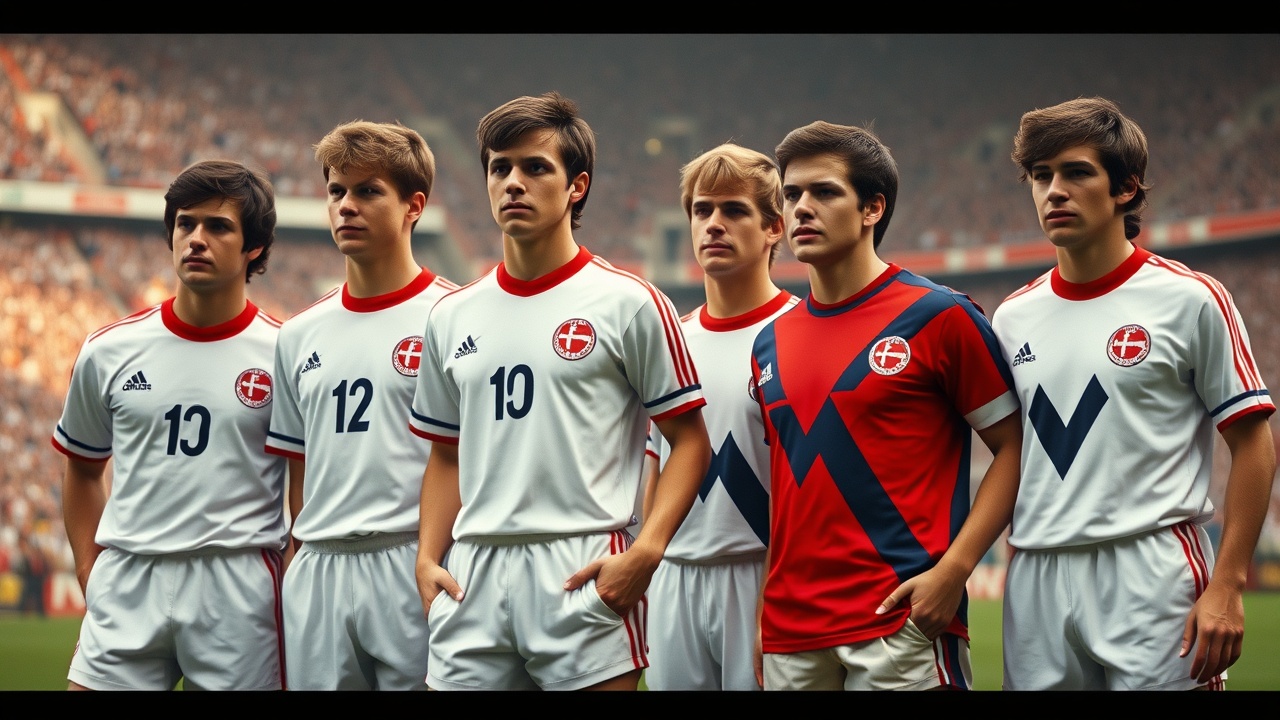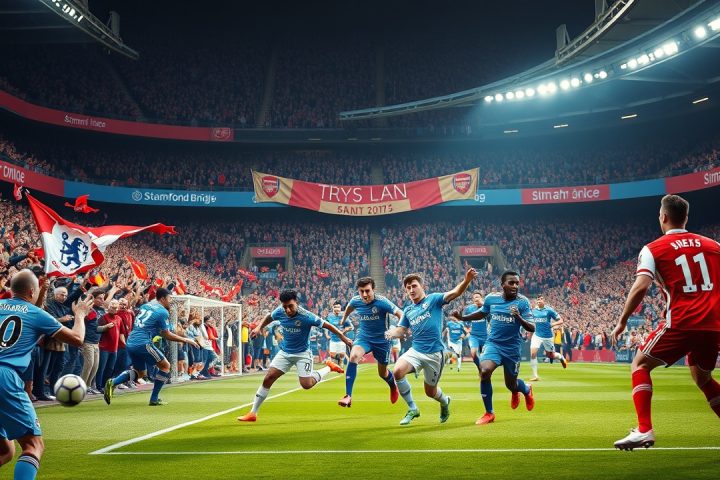Soccer Jerseys: A Cultural Influence
This article explores the influence of soccer jerseys on fashion and culture, focusing on the iconic kits worn by Denmark during the 1986 FIFA World Cup, a tournament noted for its purity and memorable moments. That World Cup, characterized by scorching temperatures and poor playing surfaces, witnessed Denmark’s electrifying performance, highlighted by players like Preben Elkjaer and Michael Laudrup. They quickly gained recognition for their distinct red-and-white striped uniforms and the flair with which they dismantled their competition, famously besting fierce opponents like West Germany, Scotland, and Uruguay, all while employing dynamic showmanship on the pitch. Though their journey ended abruptly in a shocking 5-1 loss to Spain during the knockout stage, the legacy of their Hummel-designed kit has endured, being revered by both fans and fashion enthusiasts.
The Legacy of Hummel
The history of Hummel can be traced back to the early 20th century when Max Albrecht Ludwig Messmer launched a footwear business in Germany. By 1961, the company adopted the name Hummel, inspired by the German word for bumblebee. They first outfitted Denmark’s national team in 1979, and by the time the 1980s rolled around, the brand had shifted to Danish ownership. Following Denmark’s qualification for their inaugural World Cup in 1985, designers Birgit Leitner and Anne-Mette Ernst took bold steps to craft a visually striking jersey.
“We knew it had to be red and white, but the creativity unfolded when we got to mix various fabric samples on our hands to craft the look we envisioned,”
Ernst recounted in a 2023 retrospective.
The resulting kit featured a daring half-and-half pinstripe design, shoulder chevrons, and a V-neck collar that made an impactful debut on Danish television in early 1986. This bold choice sparked mixed reactions, with some media outlets dubbing it a “carnival suit,” but it ultimately captured the hearts of fans, reflected by a range of merchandise inspired by the design. Enthusiastic supporters even painted it onto their cars, which Ernst humorously noted could have led to a lucrative licensing opportunity had they pursued it.
Design and Impact
Rob Warner, a former creative director at Puma, highlights how Hummel’s design integrated classic elements from past soccer kits while embracing the graphic trend emerging at the time. Warner explains,
“They blended iconic attributes like shoulder chevrons with innovative printing techniques on polyester, culminating in a unique and memorable design.”
Meanwhile, under the guidance of German coach Sepp Piontek, Denmark’s players were not just unified by their kit but also by their robust camaraderie and innovative playing style, buoyed further by their adoring fans dubbed ‘the roligans’ for their calm demeanor amidst the excitement of the tournament.
As Denmark warmed up in pre-tournament training in Colombia, their preparation helped them tackle the challenges of playing in Mexico’s higher altitudes. They varied their kit combinations throughout the tournament—only donning the same look twice—which added to the intrigue and visual appeal of their style. Ultimately, despite the bitter disappointment in their knockout loss, their performance left an indelible mark on soccer history and helped elevate Danish football.
Influence on Future Teams
Denmark’s strong showing and the iconic nature of their kits inspired many teams across Europe. Following the 1986 World Cup, variations of Hummel’s bold designs found their way into the kits of clubs like Tottenham Hotspur, Real Madrid, and others, marking a significant evolution in football apparel. Hummel’s legacy continues, with the brand drawing inspiration from past designs, reintroducing classic elements in current collections, further enchanting dedicated fans and new generations alike.
This article is part of a partnership with VW Tiguan, but it retains complete editorial autonomy—our reporting and editorial decisions remain solely our own.




